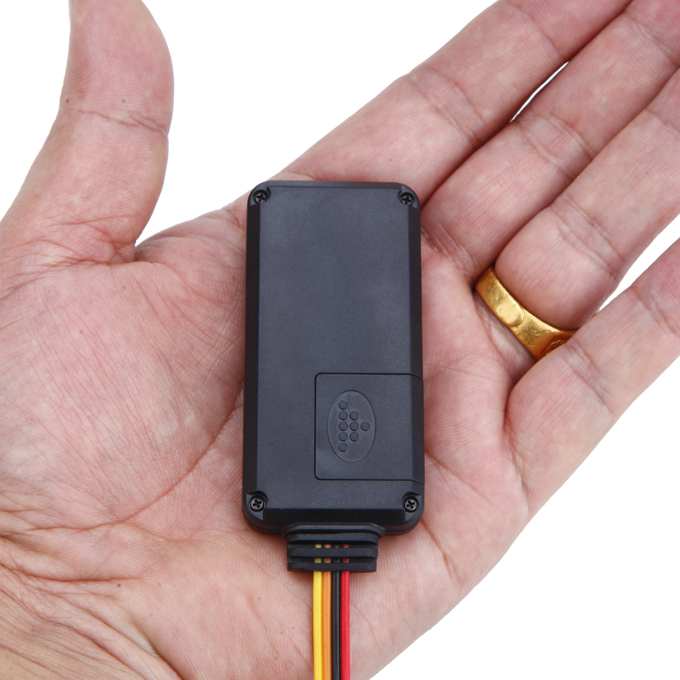OpenAI's "Operator" Is Facebook's "like" Button
페이지 정보
본문

The outcomes obtained in laboratory tests, using scintillator bars learn by silicon photomultipliers are reported. The present approach is step one for designing a precision tracking system to be placed inside a free magnetized quantity for the cost identification of low vitality crossing particles. The devised system is demonstrated ready to provide a spatial resolution higher than 2 mm. Scintillators, Photon Solid State detector, particle monitoring devices. Among the deliberate activities was the construction of a light spectrometer seated in a 20-30 m3 magnetized air quantity, the Air Core Magnet (ACM). The entire design needs to be optimised for the willpower of the momentum and cost of muons in the 0.5 - 5 GeV/c range (the mis-identification is required to be lower than 3% at 0.5 GeV/c). 1.5 mm is required inside the magnetized air volume. In this paper we report the results obtained with a small array of triangular scintillator bars coupled to silicon photomultiplier (SiPM) with wavelength shifter (WLS) fibers.
This bar profile is right here demonstrated ready to offer the required spatial resolution in reconstructing the position of the crossing particle by profiting of the cost-sharing between adjacent bars readout in analog mode. SiPMs are wonderful candidates in replacing commonplace photomultipliers in lots of experimental conditions. Tests have been carried out with laser beam pulses and radioactive supply in order to characterize the scintillator bar response and SiPM behaviour. Here we briefly current the noticed behaviour of the SiPM used in our exams regarding the primary sources of noise and the effect of temperature on its response and linearity. Several fashions and packaging have been considered. The primary supply of noise which limits the SiPM’s single photon decision is the "dark current" price. It's originated by charge carriers thermally created within the delicate volume and present within the conduction band and subsequently it depends on the temperature. The dependence of the darkish present single pixel charge as a function of the temperature has been investigated using Peltier cells in order to alter and keep the temperature controlled.
Dark current fee relies upon additionally on the Vwk as proven in Fig. 3. With a purpose to have low rates of dark present the worth of Vbias has been mounted at 1.5 V giving a working voltage Vwk of 29 V. It is clear that, if crucial, iTagPro geofencing it can be convenient to use a bias voltage regulator which robotically compensates for iTagPro website temperature variations. Not always the pixels of the SiPM work independently from each other. Photoelectrons (p.e.) can migrate from the hit pixel to a different in a roundabout way fired by a photon. Optical cross-discuss between pixels results in a non-Poissonian behaviour of the distribution of fired pixels. An estimate of the optical cross speak likelihood could be obtained by the ratio double-to-single pulse price as a operate of the temperature. The likelihood depends weakly on the temperature and the measured stage of cross-discuss (15-16%) is compatible with the one reported within the datasheet. SiPM response once its primary parameters and cells configuration are given.

